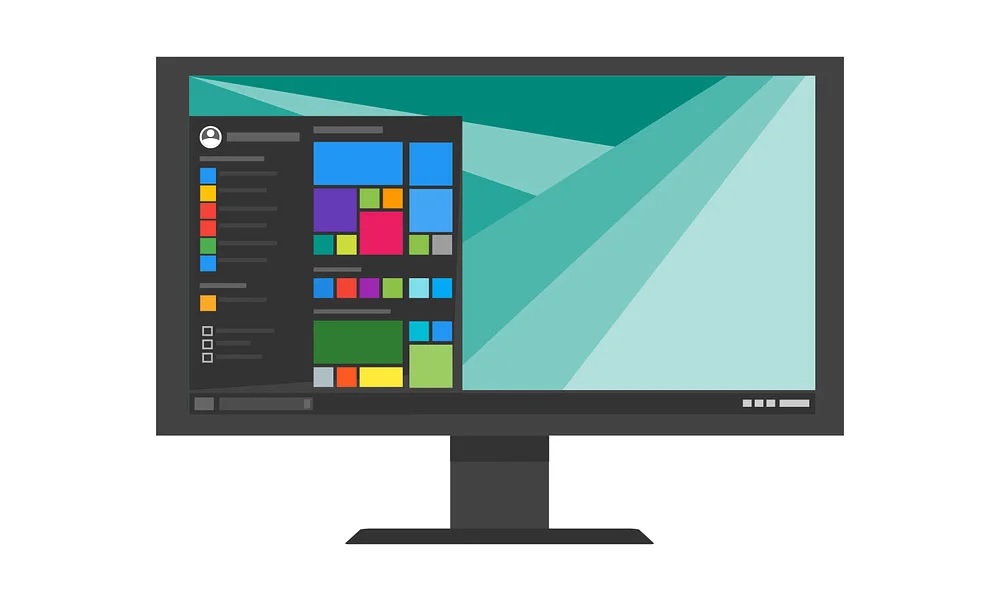Operating systems have come a long way since the early days of computing. From the first commercial operating system, the General Motors Research Operating System (GM-NAA I/O), to today’s modern operating systems, the evolution has been remarkable. One of the most significant changes in operating systems has been the shift from monolithic to microkernel architectures.
Monolithic Architecture
The monolithic architecture was the original design for operating systems. It was a single, large program that provided all of the necessary services for a computer system. This meant that all of the device drivers, file systems, and other components were tightly integrated into the kernel. The monolithic architecture was simple and efficient, but it had its limitations. For example, if a component failed, it could bring down the entire system.
Microkernel Architecture
The microkernel architecture, on the other hand, is a modular design that separates the operating system into small, independent components. The kernel provides only the most basic services, such as memory management and process scheduling, while other services, such as device drivers and file systems, run as separate processes. This design allows for greater flexibility and reliability, as a failure in one component does not necessarily affect the entire system.
Advantages of Microkernel Architecture
- Modularity: The microkernel architecture is highly modular, which makes it easier to add or remove components as needed. This makes it easier to customize the operating system for specific needs.
- Reliability: Because the microkernel is small and simple, it is less likely to have bugs and security vulnerabilities. Additionally, if a component fails, it can be restarted without affecting the rest of the system.
- Scalability: The microkernel architecture can scale to support large, complex systems. This is because the kernel only provides the most basic services, with other services running as separate processes.
Examples of Microkernel Operating Systems
There are several examples of microkernel operating systems in use today. One of the most well-known is the QNX operating system, which is used in a variety of embedded systems, including cars, medical devices, and industrial automation systems. Another example is the MINIX operating system, which is used as an educational tool for teaching operating system design and implementation.
The evolution of operating systems from monolithic to microkernel architectures has been a significant change in the way we think about and design operating systems. While monolithic architectures are still used in many systems, microkernel architectures offer several advantages in terms of modularity, reliability, and scalability. As technology continues to advance, it will be interesting to see how operating systems continue to evolve and adapt to meet the needs of modern computing.











